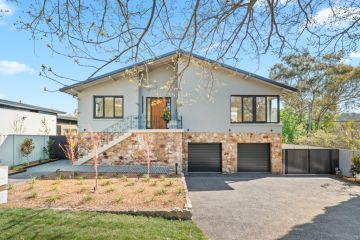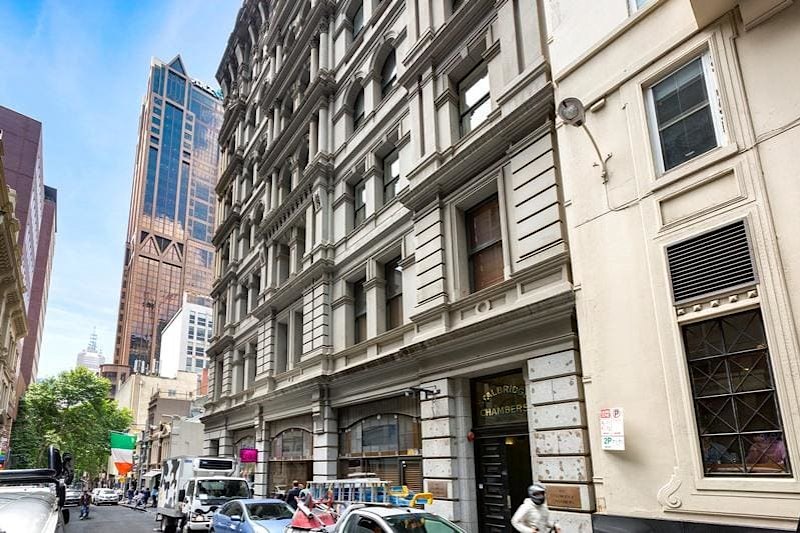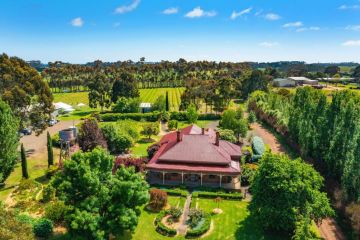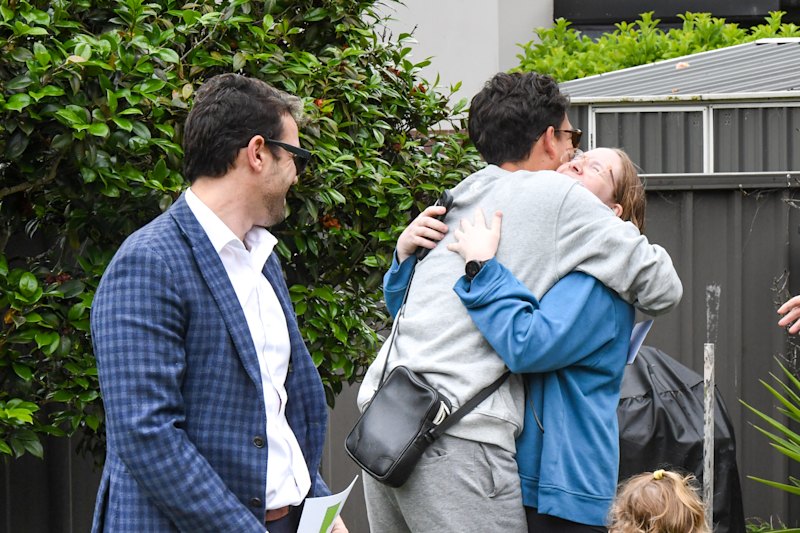Australia's population surges on the back of overseas migration
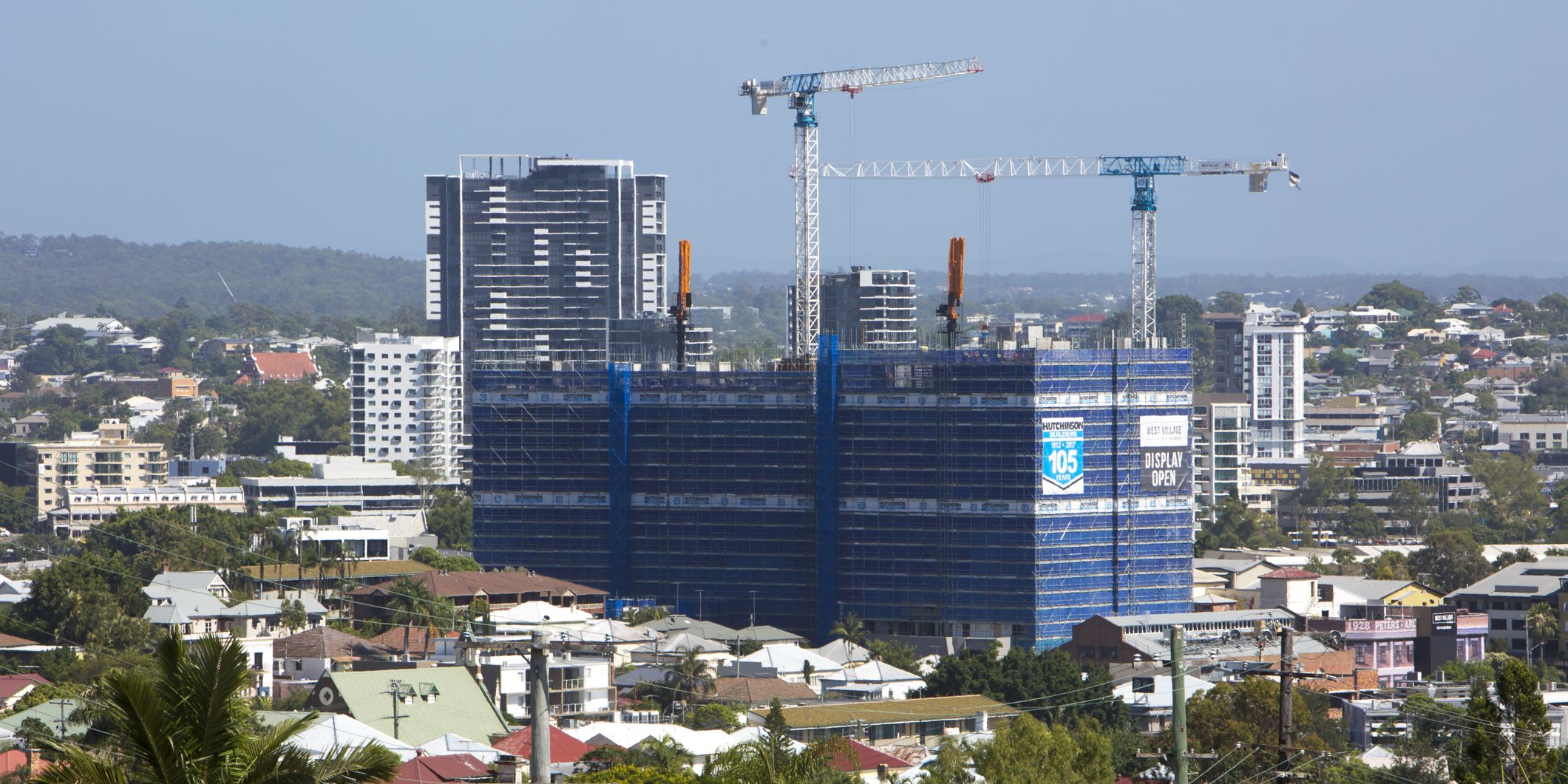
Australia’s population is surging, driven by large numbers of new arrivals from overseas, data released on Thursday shows. Strong population growth will underpin demand for property in the years ahead, particularly on the eastern seaboard.
As the Australian Bureau of Statistics alluded to in August, the population has now hit 25 million, aided by the 380,722 people that were added to the population in the year to March. Annual population growth has slowed slightly, but remains at a high level. Over the past five years, Australia’s population has increased by 1.86 million people. In comparison, between 2003 and 2008, Australia’s population increased by 1.47 million people.
Migration remains the major driver of population growth. Over the past year net overseas migration was 236,786, accounting for 62 per cent of population growth. While migration remains strong, it is about 20,000 lower than a year ago. Similarly, net permanent and long-term arrivals were the highest annual total since May 2014.
As has been the case for most of Australia’s modern history, and despite ongoing government efforts, most new arrivals will head to our big cities. Migrants are attracted to cities due to better job prospects and to be near family and friends already living in Australia. In 2016, 83 per cent of people born overseas lived in a capital city, compared to 61 per cent of people born in Australia.
At a state level, Victoria recorded the fastest annual population growth rate of 2.2 per cent, or 137,395 people. The state’s population has grown at more than 2 per cent a year since 2012.
Net overseas migration into Victoria and NSW has fallen from record highs, but it remains elevated with migration accounting for 80 per cent of NSW’s population growth and 61 per cent of Victoria’s. Tasmania’s population growth rate of 1.02 per cent was the highest since 2009.
At the other end of the scale, the populations of South Australia, Western Australian and the Northern Territory are growing slowly. Northern Territory’s population increased by only 306 people. But while WA’s population growth rate of 0.82 per cent was low, it was the fastest growth since 2015, reflecting an improving WA economy.
A growing number of people are leaving NSW to head to other states – in the year to March, a net 20,506 people left NSW, the largest outward net migration from the state since 2009. High housing costs in Sydney are likely a major reason for this movement. Most people leaving NSW headed to Queensland or Victoria. While people continued to leave WA for other states, the outflow was the lowest since 2016.
Strong population growth over the past decade was a big contributor to the growing demand for housing, along with other factors such as record-low interest rates and strong investor demand. Australia’s population growth rate jumped in 2006, but housing construction was slow to respond, particularly in NSW. This led to an undersupply of housing, particularly in NSW, and contributed to higher house prices (although some studies dispute this).
But in recent years lots of new housing has been built. There were 211,000 dwellings built in Australia the year to March, compared to 187,000 just three years earlier.
And as our cities have grown, higher-density housing such as apartments and townhouses are making up a growing share of new construction. This new housing has eroded any undersupply and contributed to prices falling (or growing more slowly) in Sydney, Melbourne and Brisbane, alongside actions by regulators to slow investor borrowing.
But while there is plenty of new housing in the pipeline to be built, there are signs of a slowdown in construction, such as a decline in the number of cranes being used for residential construction.
Government population forecasts are for strong population growth to continue — the Greater Sydney Region Plan projects that Sydney’s population will reach eight million in 2056 and Melbourne’s population is predicted to hit 7.9 million in 2051.
To meet this demand, the high levels of housing construction in our major cities in recent years will need to continue. With growing community resistance to more development, building enough housing to meet a growing population will continue to be a major challenge for all levels of government.
We recommend
States
Capital Cities
Capital Cities - Rentals
Popular Areas
Allhomes
More

